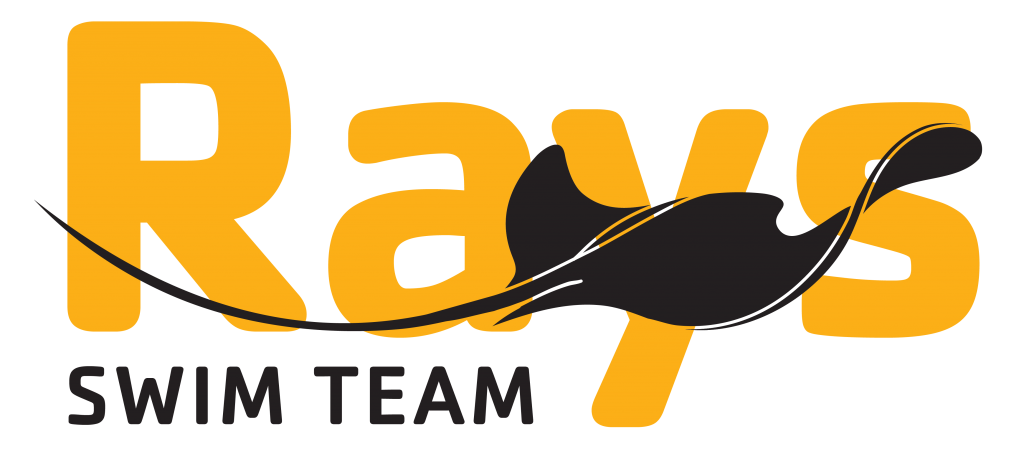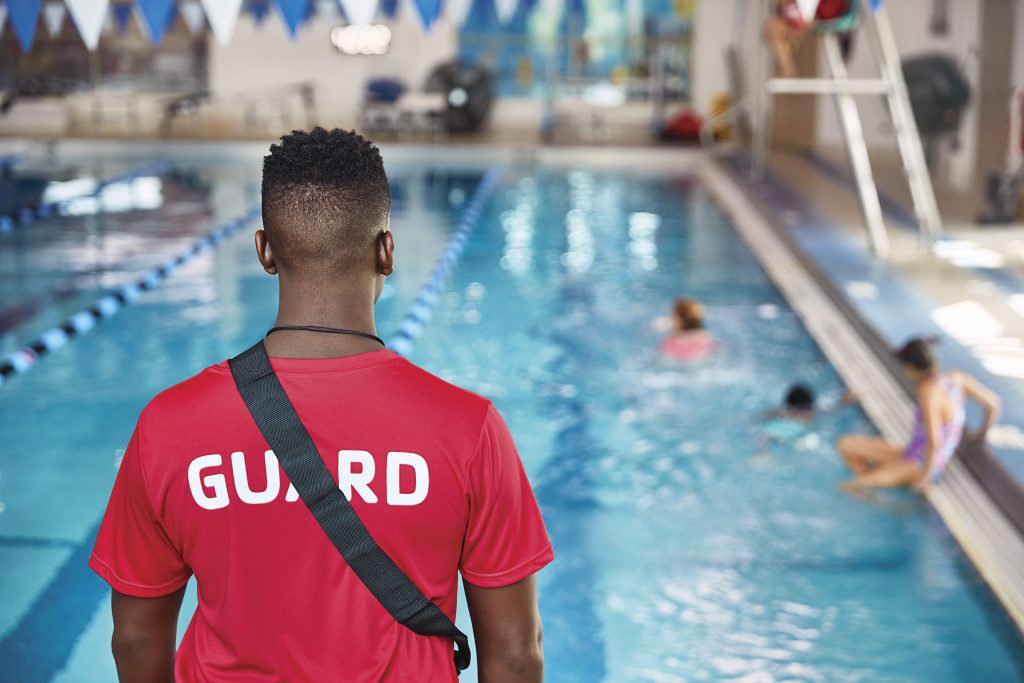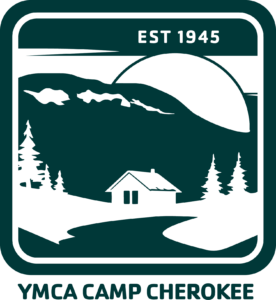 At the Y, we believe the ability to swim is a critical life skill. When you learn to swim, you gain confidence, acquire safety/rescue skills and experience water activities you can enjoy for a lifetime. Throughout all stages, we teach students how to be safer and more comfortable in the water. All age groups are taught the same skills, but divided according to their developmental milestones.
At the Y, we believe the ability to swim is a critical life skill. When you learn to swim, you gain confidence, acquire safety/rescue skills and experience water activities you can enjoy for a lifetime. Throughout all stages, we teach students how to be safer and more comfortable in the water. All age groups are taught the same skills, but divided according to their developmental milestones.
The parent/child swim program introduces infants and toddlers to the joys of swimming for the first time under the care and love of their parents.
These lessons are designed to introduce infants and toddlers to the water and focuses on exploring body positions, blowing bubbles, and fundamental safety and aquatic skills. There are no prerequisites, but children must be at least six months to enroll. Parent or caregiver must accompany child into the water and participate in the class.
Stage Descriptions
A / Water Discovery: Introduces infants and toddlers to the aquatic environment.
B / Water Exploration: Focuses on exploring body positions and blowing bubbles. Includes fundamental safety and aquatic skills.
*At the Y, we know families take a variety of forms. As a result, we define parent broadly to include all adults with primary responsibility for raising children, including biological parents, adoptive parents, guardians, stepparents, grandparents, or any other type of parenting relationship.
Students (Ages 3-5) learn personal water safety and achieve basic swimming competency by learning two benchmark skills: swim, float, swim—sequencing front glide, roll, back float, roll, front glide, and exit—and jump, push, turn, grab.
In Water Acclimation, Water Movement, and Water Stamina, students are taught the recommended skills for all to have around water including safe water habits, underwater exploration, and how to swim to safety and exit in the event of falling into a body of water. Activities, games, and drills, geared to reinforce learning, are utilized heavily as students progress in this skill-based approach to swimming. In Stroke Introduction, swimmers are introduced to the four competitive swimming strokes as well as rescue skills and healthy lifestyle habits.
Stage Descriptions:
1 / Water Acclimation: Increases comfort with underwater exploration and introduces basic self-rescue skills performed with assistance.
2 / Water Movement: Encourages forward movement in water and basic self-rescue skills performed independently.
3 / Water Stamina: Develops intermediate self-rescue skills performed at longer distances than in previous stages.
4 / Stroke Introduction: Introduces basic stroke technique in front crawl and back crawl and reinforces water safety through treading water and elementary backstroke.
Students (Ages 5-12) learn personal water safety and achieve basic swimming competency by learning two benchmark skills: swim, float, swim—sequencing front glide, roll, back float, roll, front glide, and exit—and jump, push, turn, grab.
In Water Acclimation, Water Movement, and Water Stamina, students are taught the recommended skills for all to have around water including safe water habits, underwater exploration, and how to swim to safety and exit in the event of falling into a body of water. Activities, games, and drills, geared to reinforce learning, are utilized heavily as students progress in this skill-based approach to swimming. In Stroke Introduction, swimmers are introduced to the four competitive swimming strokes as well as rescue skills and healthy lifestyle habits.
Stage Descriptions:
1 / Water Acclimation: Increases comfort with underwater exploration and introduces basic self-rescue skills performed with assistance.
2 / Water Movement: Encourages forward movement in water and basic self-rescue skills performed independently.
3 / Water Stamina: Develops intermediate self-rescue skills performed at longer distances than in previous stages.
4 / Stroke Introduction: Introduces basic stroke technique in front crawl and back crawl and reinforces water safety through treading water and elementary backstroke.
If you are looking for 1:1 swim lessons at any level, private lessons are for you! After completing an interest form, the aquatics director at your branch will contact you regarding scheduling and payment information. Please be aware summer months are more difficult to schedule private lessons due to high demand for group lessons.
Lessons are taught by certified swim instructors. You may request the instructor of your choice. We will try our best to honor requests, but cannot make guarantees.
Baxter Close YMCA – Interest Form
Charlotte Avenue YMCA – Interest Form
CSD Community YMCA – Registration
Gregory Family YMCA – Interest Form
Indian Land YMCA – Registration
Rays Swim Team

The structure of the Rays Swim Team is a plan to develop not only great swimmers, but establish a plan for the development of the athlete as a whole person – physically, emotionally, mentally, and socially. Participation in sports should be designed to develop a sense of enjoyment, inclusion, and mastery in whatever sports the child chooses. It is the focus of the YMCA swimming program to not merely be a place for children to experience the great sport of swimming but also to develop their technical expertise.
The mission of the YMCA of Upper Palmetto Rays is to build strong spirits, minds, and bodies while achieving excellence in swimming and in life.
Become a Lifeguard
Learn how to save lives in the water. Become a YMCA lifeguard or swim lesson instructor. Upon successful completion of the Y’s lifeguard and swim instructor training programs, each participant will be certified. Participants must be at least 16 years old by the end of the training. This course instructs participants in both lifeguarding and CPR for the professional rescuer. Successful completion will gain the participant certification by the American Red Cross, with the exception of the Junior Lifeguarding course.

![[YMCA of Upper Palmetto LOGO SQ]](https://recliquecore.s3.amazonaws.com/imgs/ymca_logos/named_y/blue_purple.png)
![[YMCA of Upper Palmetto LOGO FULL]](https://s3.amazonaws.com/recliquecore/imgs/ymca_logos/named/blue_purple.png)







 Angie Smith, is a gifted writer, encourager and loving mother of four. Together with her husband, former NFL player Steve Smith, they established The Steve Smith Family Foundation, which is dedicated to providing hope and inspiration to those in need while advancing causes close to the family’s heart – Promoting family health & wellness as well as the awareness and prevention of domestic violence.
Angie Smith, is a gifted writer, encourager and loving mother of four. Together with her husband, former NFL player Steve Smith, they established The Steve Smith Family Foundation, which is dedicated to providing hope and inspiration to those in need while advancing causes close to the family’s heart – Promoting family health & wellness as well as the awareness and prevention of domestic violence.
 Meet Antoinette Johnson, the inspiring culinary star of “America’s Test Kitchen: The Next Generation” Hailing from Lexington, KY, she transforms simple, humble ingredients into extraordinary dishes, all while championing the use of fresh, locally-sourced produce. Through her triumph on “America’s Test Kitchen: The Next Generation,” Antoinette’s unwavering perseverance catapulted her career, proving that with passion and determination, anything is possible. With a heart dedicated to community and a love for supporting local farmers, Antoinette’s journey is a testament to embracing change, fostering growth, and inspiring others to follow their culinary dreams.
Meet Antoinette Johnson, the inspiring culinary star of “America’s Test Kitchen: The Next Generation” Hailing from Lexington, KY, she transforms simple, humble ingredients into extraordinary dishes, all while championing the use of fresh, locally-sourced produce. Through her triumph on “America’s Test Kitchen: The Next Generation,” Antoinette’s unwavering perseverance catapulted her career, proving that with passion and determination, anything is possible. With a heart dedicated to community and a love for supporting local farmers, Antoinette’s journey is a testament to embracing change, fostering growth, and inspiring others to follow their culinary dreams.